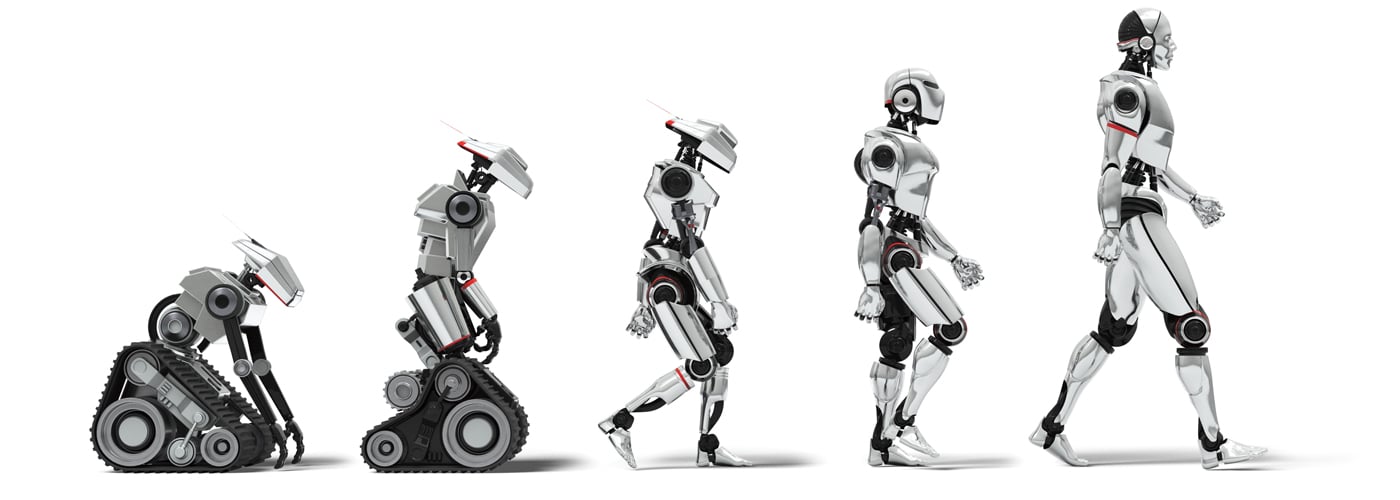The field of robotics has witnessed significant advancements in recent years, with a growing emphasis on developing robots that can perform complex tasks with ease and agility. Robot agility refers to the ability of a robot to quickly and efficiently adapt to changing environments, navigate through obstacles, and execute precise movements. This article delves into the concept of robot agility, its importance, and the various techniques and technologies used to enhance machine capabilities.

Introduction to Robot Agility
Robot agility is a critical aspect of robotics, as it enables machines to interact with their environment in a more human-like manner. Agile robots can perform tasks that require flexibility, speed, and precision, making them ideal for applications such as assembly, inspection, and healthcare. The development of agile robots has been driven by advances in fields like artificial intelligence, computer vision, and machine learning, which have enabled robots to perceive and respond to their environment in real-time.
Key Components of Robot Agility
Several key components contribute to a robot’s agility, including:
- Sensors and Perception: Robots use sensors such as cameras, lidar, and tactile sensors to perceive their environment and detect obstacles. Advanced sensor systems enable robots to build detailed maps of their surroundings and track changes in real-time.
- Actuation and Control: Agile robots require advanced actuation systems, such as high-torque motors and precise control algorithms, to execute rapid and precise movements.
- Machine Learning and AI: Machine learning and AI algorithms enable robots to learn from experience, adapt to new situations, and make decisions in real-time.
- Mechanical Design: The mechanical design of a robot, including its kinematics and dynamics, plays a crucial role in determining its agility. Robots with optimized mechanical designs can move more efficiently and respond faster to changing conditions.
Techniques for Enhancing Robot Agility
Several techniques are used to enhance robot agility, including:
- Model-Predictive Control: This technique involves using advanced mathematical models to predict a robot’s future state and adjust its control inputs accordingly.
- Reinforcement Learning: Reinforcement learning algorithms enable robots to learn from trial and error, optimizing their behavior over time.
- Compliance and Impedance Control: These control techniques allow robots to adapt to changing environments by adjusting their stiffness and impedance.
- Human-Robot Interaction: Designing robots that can interact with humans in a natural and intuitive way is critical for applications such as healthcare and service robotics.
Applications of Robot Agility
Agile robots have a wide range of applications, including:
- Manufacturing and Assembly: Agile robots can perform complex assembly tasks, such as welding and screwdriving, with high precision and speed.
- Healthcare and Service Robotics: Robots with advanced agility can assist with tasks such as patient care, rehabilitation, and surgery.
- Inspection and Maintenance: Agile robots can navigate complex environments, such as pipes and ducts, to perform inspection and maintenance tasks.
- Search and Rescue: Robots with advanced agility can navigate rubble and debris to locate and rescue people in disaster scenarios.
Challenges and Limitations
Despite the significant progress made in robot agility, several challenges and limitations remain, including:
- Sensor Noise and Uncertainty: Sensors can be affected by noise and uncertainty, which can limit a robot’s ability to perceive its environment accurately.
- Complexity and Cost: Developing agile robots can be complex and costly, requiring significant investments in hardware and software.
- Safety and Reliability: Ensuring the safety and reliability of agile robots is critical, particularly in applications where humans are involved.
- Scalability and Standardization: Developing standardized and scalable solutions for robot agility is essential for widespread adoption.
FAQ
- What is robot agility?
Robot agility refers to the ability of a robot to quickly and efficiently adapt to changing environments, navigate through obstacles, and execute precise movements. - Why is robot agility important?
Robot agility is important because it enables machines to interact with their environment in a more human-like manner, making them ideal for applications such as assembly, inspection, and healthcare. - What are the key components of robot agility?
The key components of robot agility include sensors and perception, actuation and control, machine learning and AI, and mechanical design. - What techniques are used to enhance robot agility?
Techniques used to enhance robot agility include model-predictive control, reinforcement learning, compliance and impedance control, and human-robot interaction. - What are the applications of robot agility?
Applications of robot agility include manufacturing and assembly, healthcare and service robotics, inspection and maintenance, and search and rescue.
Conclusion
Robot agility is a critical aspect of robotics, enabling machines to interact with their environment in a more human-like manner. The development of agile robots has been driven by advances in fields like artificial intelligence, computer vision, and machine learning. While significant progress has been made, challenges and limitations remain, including sensor noise and uncertainty, complexity and cost, safety and reliability, and scalability and standardization. As the field of robotics continues to evolve, it is likely that we will see significant advancements in robot agility, enabling machines to perform complex tasks with greater precision, speed, and efficiency. The potential applications of robot agility are vast, and it is essential to continue investing in research and development to unlock the full potential of agile robots.
Closure
Thus, we hope this article has provided valuable insights into The Evolution of Robot Agility: Enhancing Machine Capabilities. We hope you find this article informative and beneficial. See you in our next article!
